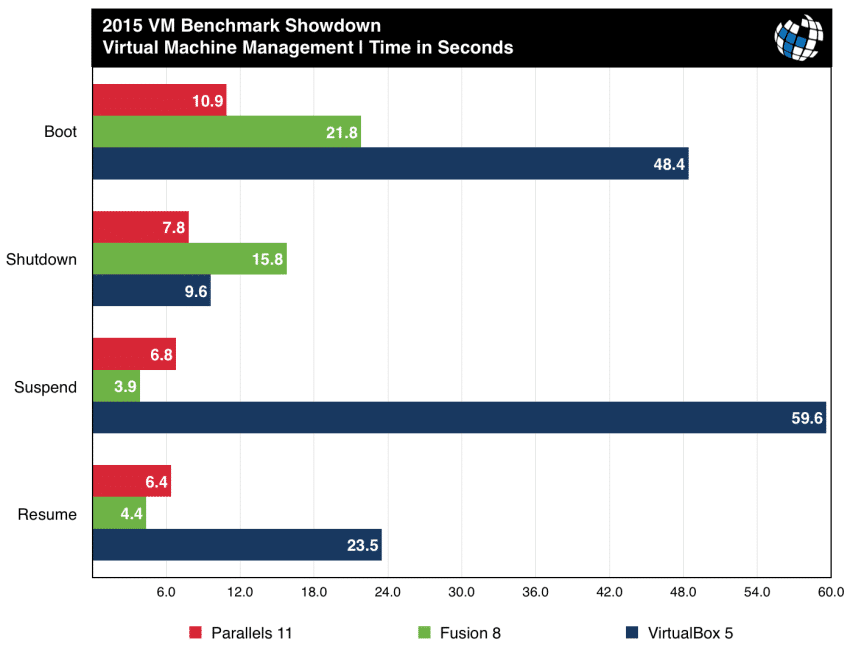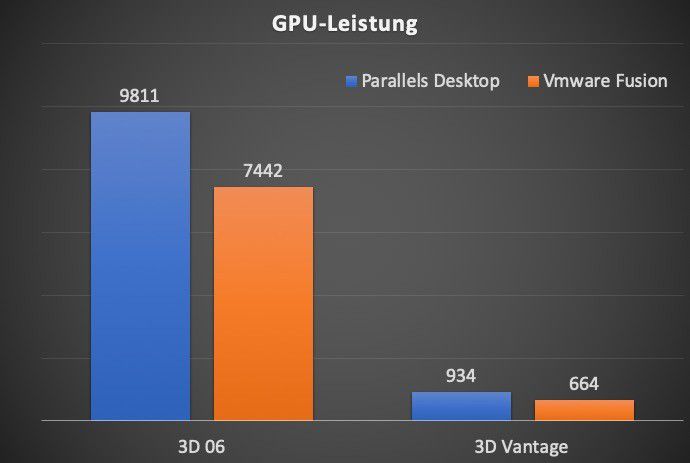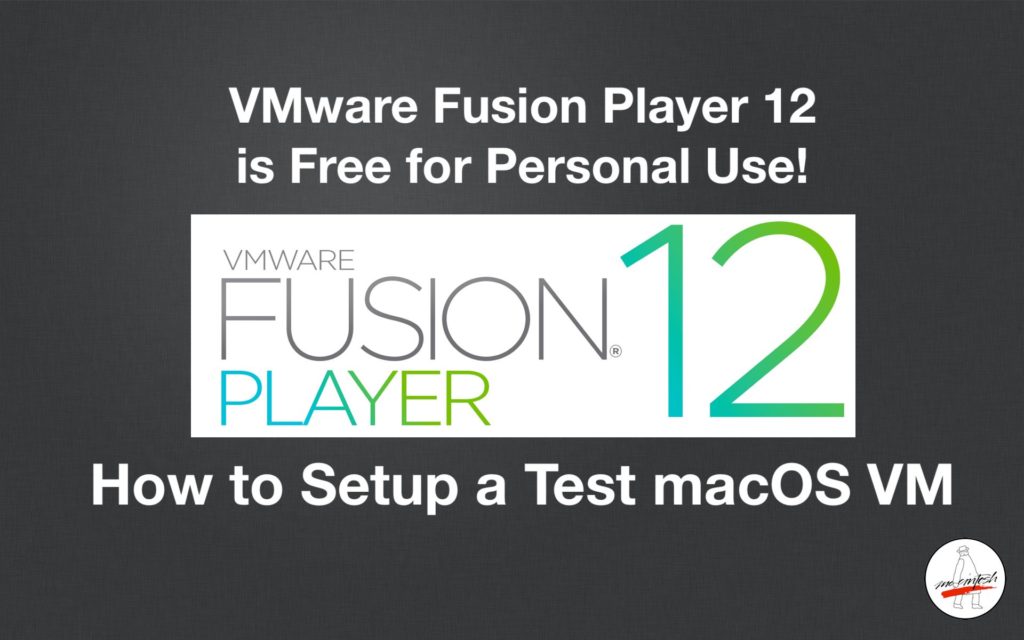

- #VMWARE FUSION 8 VS PARALLELS 11 MAC OS X#
- #VMWARE FUSION 8 VS PARALLELS 11 ANDROID#
- #VMWARE FUSION 8 VS PARALLELS 11 PRO#
This worked, letting them run Windows or other PC operating systems – very slowly. Others ran emulation software such as Virtual PC, letting them translate instructions intended for PC operating systems into instructions that could be performed by their Mac’s processor. One result of that was that there was a deep gulf between the Mac operating system and PC operating systems like MS-DOS and Windows.Ī few Mac users purchased hardware add-ons that essentially put a PC-style processor inside their Mac alongside the original processor, letting them switch between operating systems. It seems like a neat thing to be able to do.Ī bit of back-story: From their 1984 beginnings until 2006, Apple’s Macintosh computers ran on a different family of processors than the sorts of PCs that the majority of the business and home market was using. Good for trying pre-release preview OS versions, perhaps.
#VMWARE FUSION 8 VS PARALLELS 11 MAC OS X#
It may even be useful for some to install a virtualized copy of Mac OS X on their Mac, allowing them to test software or settings without affecting their “real” Mac installation. Gamers may want to play games that haven’t been released for the Mac – and maybe never will be. Web developers and designers may need to see how their pages look in multiple browsers on multiple platforms. (Bookkeeping, perhaps?) Software developers may need to compile and then test code to work on multiple platforms. Reasons can include a need for a specific piece of software that doesn’t have a Mac-equivalent or has a Mac-equivalent that isn’t file-compatible with the software colleagues or clients are using. For many, they chose to be a Mac-user because they don’t want to have to have anything to do with other operating systems. Not every Mac-user needs or wants the ability to run other operating systems.
#VMWARE FUSION 8 VS PARALLELS 11 PRO#
There are three competitors in the Mac emulation market – Parallels Desktop (US$79 or as an annual $99 subscription Pro version), VMware Fusion (also US$79), and Oracle’s (free and open source) VirtualBox.

The software then asks if you want to configure the guest OS to run like a PC or a Mac.Time for another look at virtualization software, letting Macintosh users run PC operating system such as Windows or Ubuntu on their Macs.


We installed the software on a Mac running OS X Lion, and then loaded up Windows 8.
#VMWARE FUSION 8 VS PARALLELS 11 ANDROID#
There are other options for non-Windows OSs such as Chrome, Ubuntu, or the Android OS, installing OS X Lion using the recovery partition, or adding an existing virtual machine. These are: install Windows, install an OS from DVD or image file, migrate Windows from a PC, or use Windows from Boot Camp. So is the price worth the install? Well one factor is the ease at which you can install the guest OS.Īfter installing the virtualisation software the software provides a few options to create a virtual machine. As with most, if not all, virtualisation products, the amount of memory you have on your computer will determine how fast the guest OS will run or how many instances you can run at any one time.Īt 39 (on Amazon), Parallels is considerably more expensive than VMware Fusion 5 (priced at 12.99) and Oracle's Virtualbox, which is available for free. Parallels is well-designed and allows beginners and advanced users to switch between running Windows and Mac without having to reboot.


 0 kommentar(er)
0 kommentar(er)
